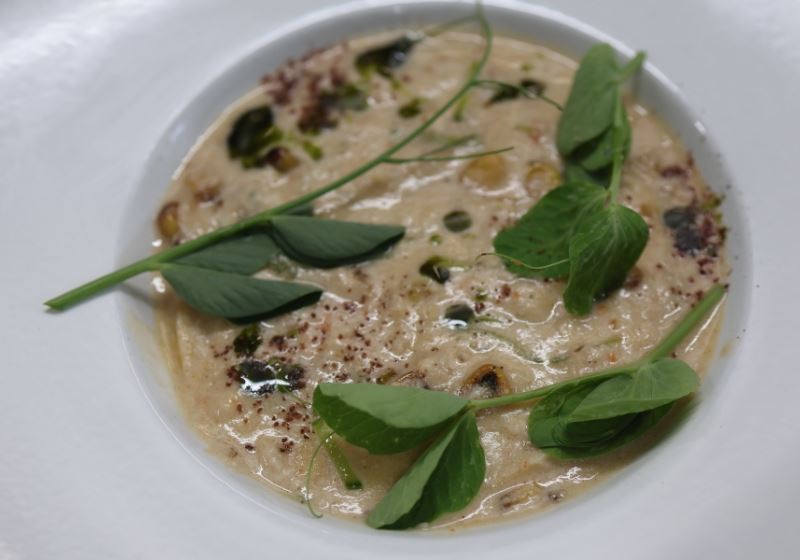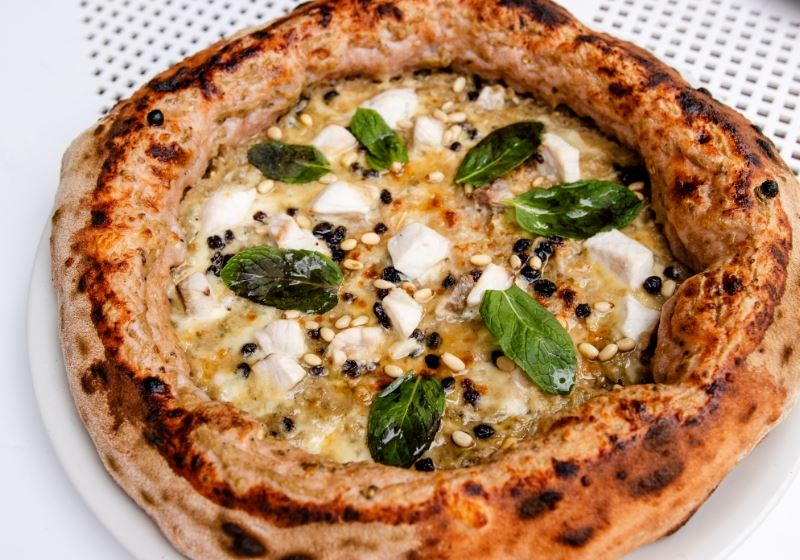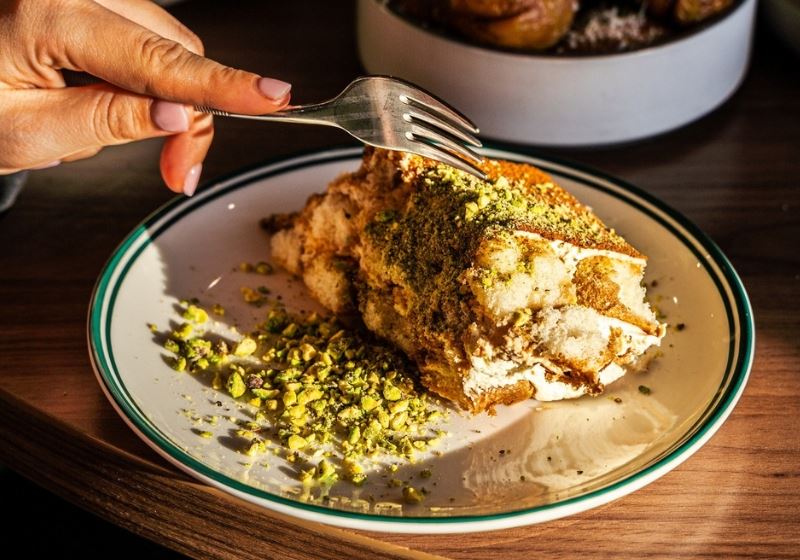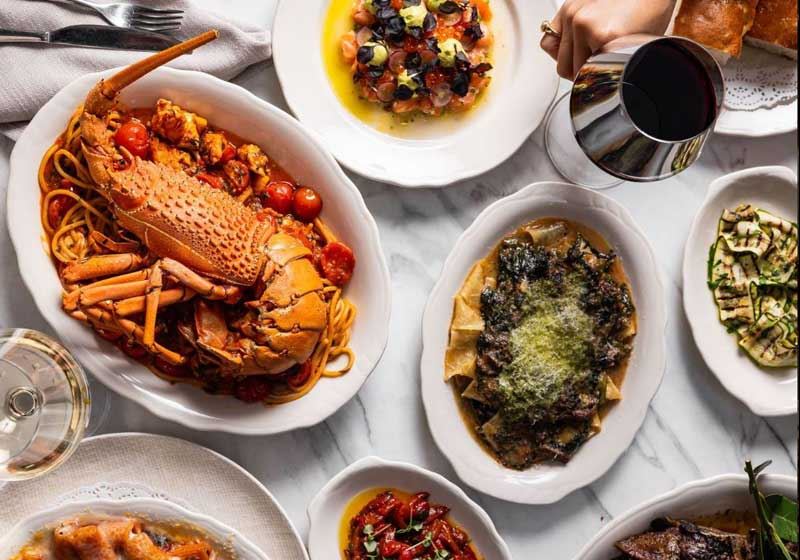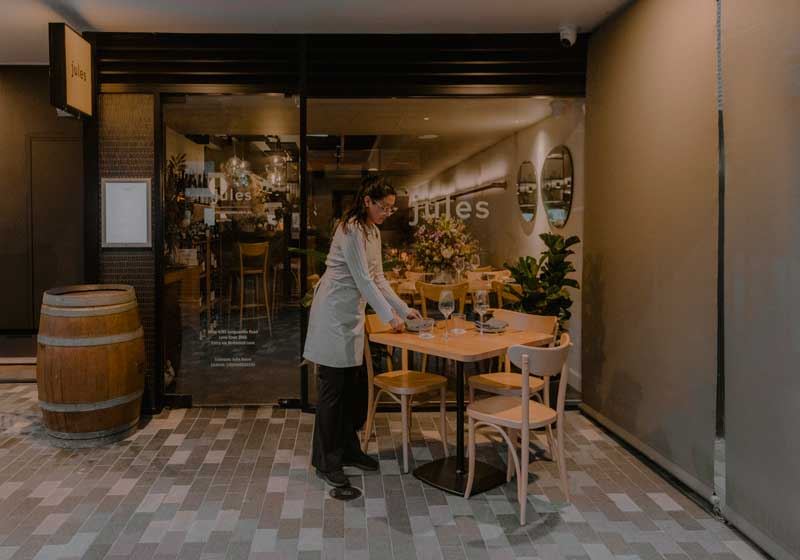By Laura Rancie.
Last time we met with Quentin Brival, head distiller at HUSK we learned about his idyllic upbringing in Martinique, a small island in the Caribbean and how that forever influenced his attitudes toward rum.
In this second part of our series, we discuss the difference between rum and rhum Agricole, the native botanicals that go into gin, how they are picked and rum pairing. Join me for part two of our series with Quentin.
Welcome back! Previously, you mentioned rum in Australia didn’t exist like rum back in Martinique. What is the difference between rum and rhum agricole?
To step back a bit, all rums start with the sugar cane plant, the same way wine starts with grapes. Or Tequila with agave. The main difference will be on how you process the cane before you start using it to make rum.
The molasses used to make rum is actually a byproduct, obtained from the sugar-making process. The molasses is left over, presented as a dark syrupy liquid of no use, once all of the sugar crystals have been extracted by the end of the process.
This can be used to feed cattle but is a very good starter for rum. It has been processed for a very specific type of rum that I think is a bit heavier with notes that are a bit darker, like caramel and toffee, that characteristic rum flavour that some people can recognise quite well.
On the other hand, what you can also do, instead of using that heavily processed sugar cane and its byproducts, you can stop there. Just harvest the fresh sugar cane plant, extract the fresh juice and use that fresh juice as a starting point to make your rum. It’s not processed, it doesn’t go through heaps of machines, and you don’t lose the integrity.
Because it’s so fresh, you’ll have a flavour profile completely different from regular rum - the molasses rum, that you would usually taste. You’ll have something more complex, an intensity of flavour that’s quite high, that is never boring.
I find this part of rum very exciting, with some lovely herbaceous notes. Because it’s a plant, you’ve got the characteristic coming through and a beautiful nose that is vibrant, fresh and expressive. To me, it’s a unique style of rum that cannot be mistaken for anything else.
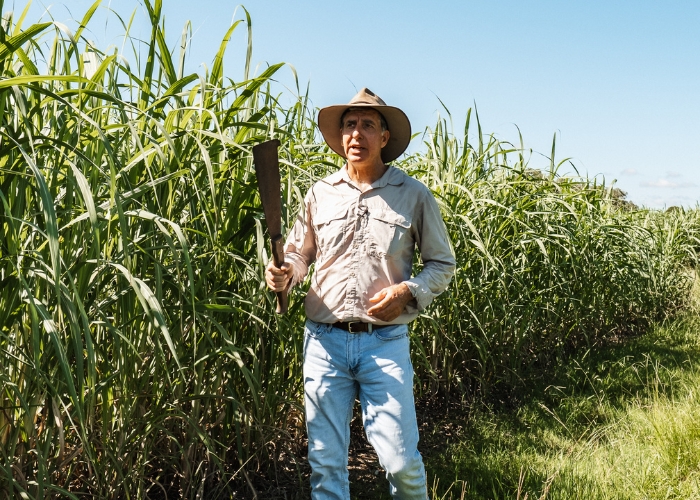
Paul Messenger, founder and CEO in the sugar cane fields.
Describe your first impressions of the sugar cane landscape you found in Australia:
My first observation was that there was so much sugar cane here! Australia had been pioneering it on a big level with the right tools that were extremely efficient. I wondered why there wasn’t more rum variety?
There were only one or two brands that had existed and they’d been here for more than a century. I was curious why no one had tried to make the sort of rum that we just talked about - made from fresh juice instead of molasses. When I researched, I realised the cane growing region was along the east coast from Grafton in northern NSW up to Mosman in far north Qld.
Those climates are great for growing cane. Further south, it’s too cold and further north the climate is still agreeable, but the location is too remote to make it viable. So I focused on this mid-region and found that a guy called Paul Messenger had started a farm-to-bottle distillery in northern NSW, in an existing cane-growing region that had been growing it for more than 150 years.
With this track record of good cane growing, I thought there’s got to be something in it. I wanted to know more about this particular distillery that had access to very good terroir. In France a terroir is so important to wine growing, it is the combination of nice soil, nice climate, beautiful varieties of cane, from a very specific region, that people have worked to create very good expressions of those varieties.
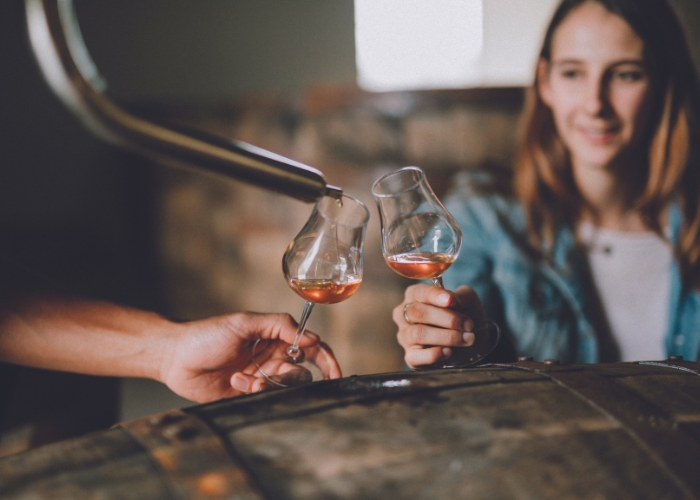
We all know about wine and food pairing, but what about rum pairing?
Few people know how to pair rum with food, but it’s really good! For example, the aniseed notes in rum complement Asian food very well.
When you start looking at different flavours in your rum, it becomes easy to link it with certain types of food and I always encourage people to make simple cocktails with our rum because sipping on a 40% spirit is a different experience than sipping on a 14% wine. There’s an easy way to mix your product, be it just with soda water or experiment a bit more with lime and raw sugar.
It's also a great addition to sauces. Our kitchen here on the farm is fully equipped and we invite anyone interested to experience rum making, to come down, have a look and taste what our Chef was able to design with those rums. Besides just sauces, Chef marinates the meats or fish with rum which works really well. Rum is obviously excellent with desserts and particularly chocolate. One of my all-time favourite desserts is dark chocolate with a nicely aged rum.
When you start digging and researching, there's a whole world of pairing but also recipes that you can find and play with, that include rum and food.
In case you missed it, catch up on part one of our series with Quentin Brival when we first met with him and learned how he went from safety aviation officer with an engineering background to head distiller at HUSK. Be sure to watch out for the final in our three-part series next month when he wraps it all up for us with a great story on what goes into making gin.
You can join in on the conversation by using #artofdistilling through the Australian Good Food Guide's socials at Facebook here or instagram.
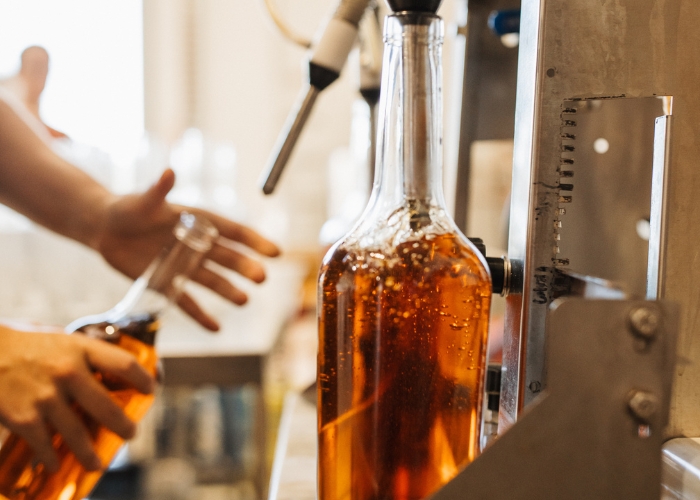
You can join in on the conversation by using #artofdistilling through the Australian Good Food Guide's socials at Facebook here or instagram.



